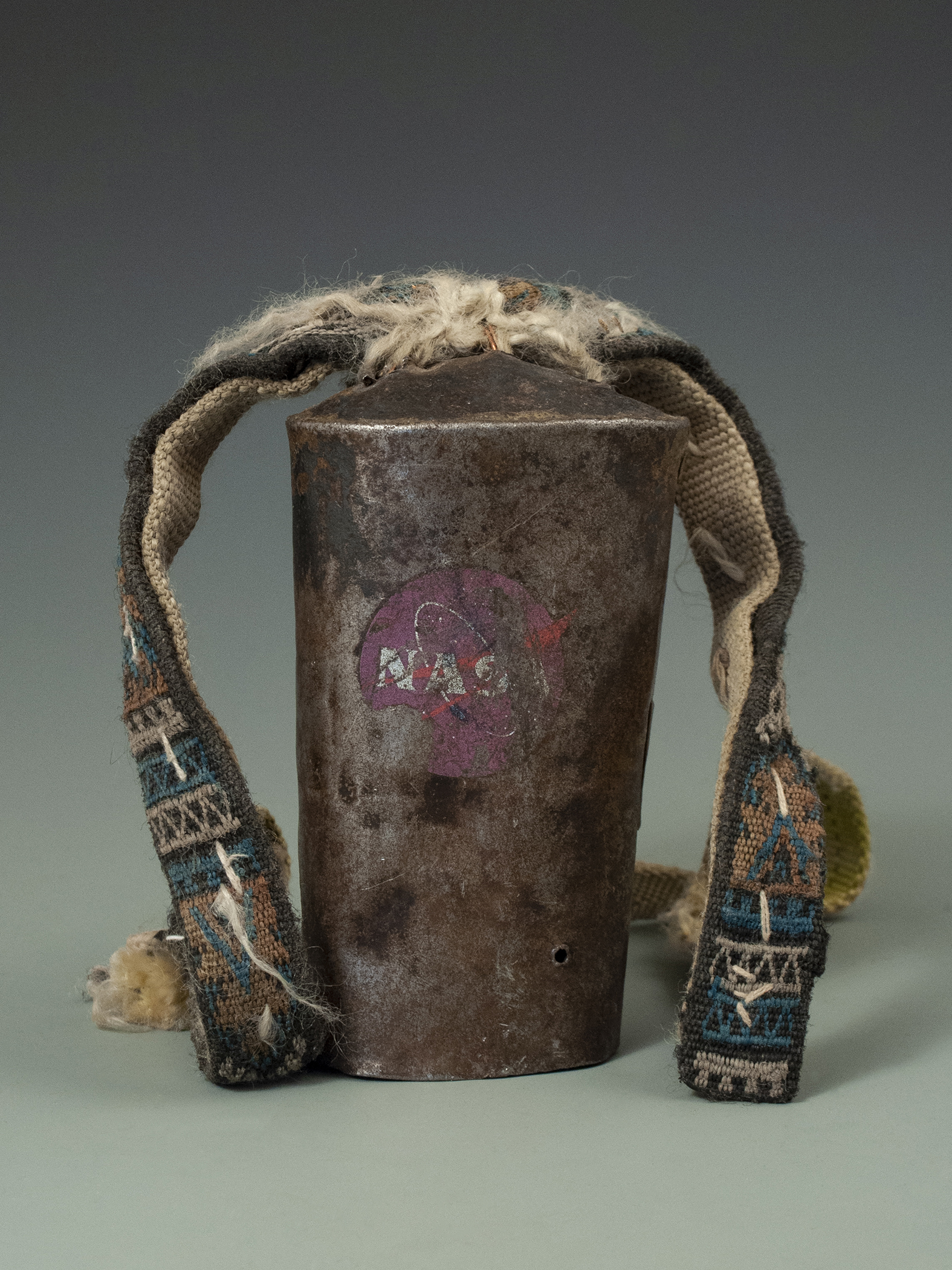Dzo Bell
Nepal, 2008

Sometimes, in Kathmandu, I shut off all my senses but one. Closing my eyes, folding my hands on my lap, ignoring the panoply of aromas and odors that perfume every inch of Nepal, I open up my ears.
The spectrum of sounds has changed radically since my first visit, in 1979. Back then the soundtrack was temple bells and barking dogs, the slip and grind of bicycle rickshaw chains, children shouting, the thin report of hammers on brick and iron. Today it’s car horns and generators, two-stroke motorbikes, the clang of shutting gates. And dogs, of course. And hammers, always.
Trekking north on the rocky trail toward Everest Base Camp, I didn’t dare close my eyes—one wrong step can send you tumbling into the valley below (see Nikomat EL chapter). But the audio landscape of the Himalaya, even in 2008, was as pure as it had been during my first trek to the Khumbu region in 1983. The steady wash of the Imja Kola river; wooden prayer wheels creaking in a rustic temple; stones rattling down a glacial slope; and the hollow metallic clang of yak bells. Not yaks, actually, but dzo: a hybrid between yaks and lowland cattle, grazing in a trailside pasture.
As I crossed their path the animals raised their heads to study me, mouths still chewing. Their horns were long and sharp, but the eyes below them were kind. The shepherds beckoned to me in greeting: Namasté! Aunos! I stepped into the field to meet them—and got a closer look at one of the bells, hanging loosely from one dzo’s neck.
Much of what happens in Nepal makes no rational sense. The moment I saw this bell I knew that no anecdote or written description—nothing short of a show-and-tell—would properly convey my cognitive dissonance. So after a friendly chat with the shepherds, I made my proposition. The shepherds burst out laughing. Buy a dirty old bell? Then they nodded. From their point of view, the behavior of we parka-clad foreigners—wheezing in wonder through their villages—seldom made sense.
I will never know when, why, or how this worn tin bell, untied from the thick neck of a Khumbu dzo, ended up emblazoned with an equally worn NASA decal. Was it put there by a visiting astronaut? A NASA engineer? Had Buzz Lightyear trekked past these farm animals, and gifted a few stickers to the shepherds?
Before my first visit to Nepal, I thought there was an explanation for everything. These days, I’m grateful for the gift of unsolved mysteries. This battered bell, with its space-age sticker, is a true riddle—an uncanny nod to my life as a trekker, both stellar and terrestrial.
